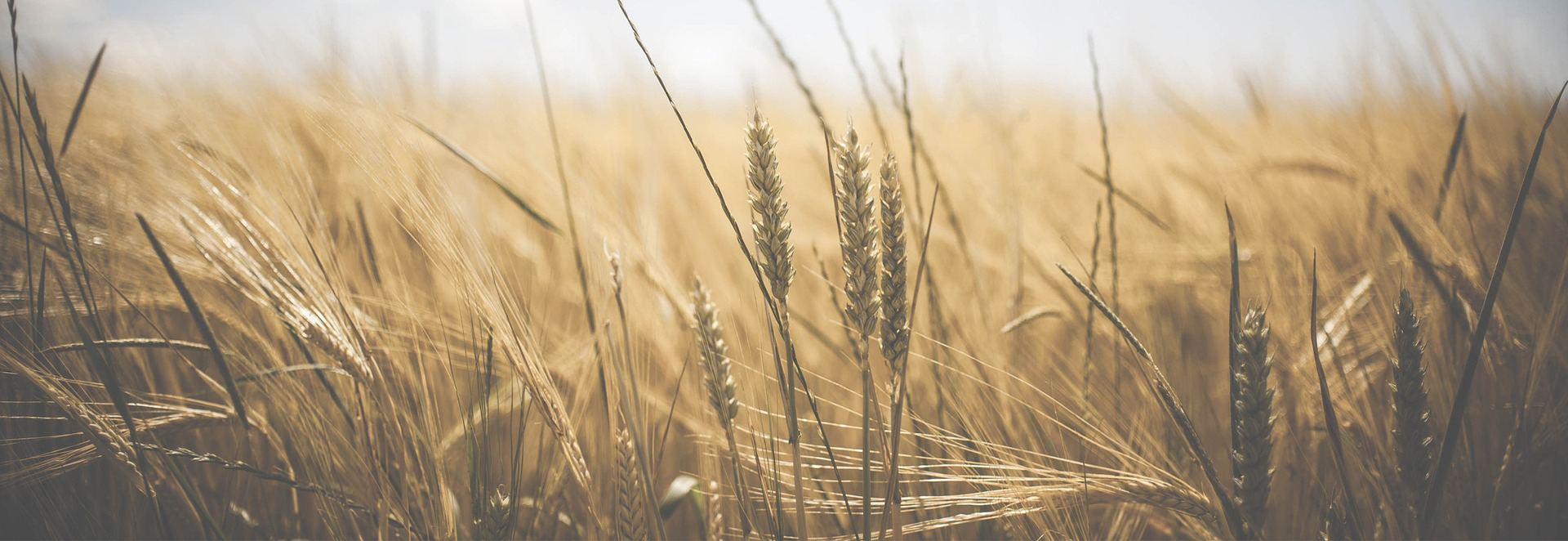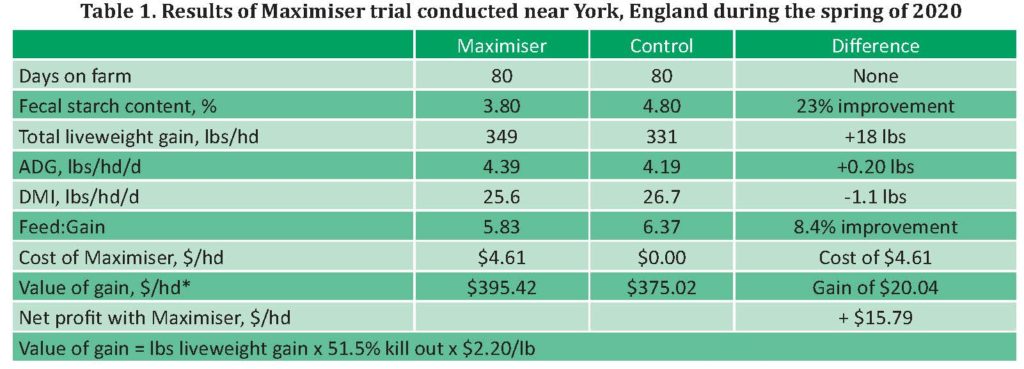
In the United States, the grain component of feedlot rations accounts for 50 to 90% of the diet dry matter and is typically comprised of starchy cereal grains like corn, barley, or wheat. (Samuelson et al., 2016). Starch is a nutrient that packs a big punch when it comes to providing energy to the animal for milk or meat production. Residual starch in the manure can indicate that energy is being wasted. Therefore, understanding fecal starch is important to manage appropriately.
Several management and dietary conditions contribute to the degree of starch digestibility in a feedlot diet. Starch digestibility in the diet is most affected by:
1.) Extent of grain processing: Processing of grains increases starch digestibility. Whole corn may have a total tract starch digestibility of 80%, whereas steam-flaked corn may have starch digestibility as high as 99%.
2.) Kernel processing of corn silage: Just like the grains, processing of corn silage kernels during harvest increases starch digestibility.
3.) Moisture content of grain and fermented feeds: Corn silage that has a higher moisture content is likely to have a greater starch digestibility, compared to drier corn silage (<35% moisture).
4.) Fermentation: Starch digestibility increases with time in storage, in both corn silage and grains. A quality fermentation process and use of a forage or grain treatment product will enhance the extent of improvement in starch digestibility as the feed is stored.
5.) Type and variety of grain used: Wheat, corn, and barley have rapid and extensive ruminal starch digestibility, while sorghum tends to have lower starch digestibility. Some varieties of corn have better starch digestibility compared to others.
A survey of Mid-western feedlots conducted in 2014 reported a large variation in both degree of dry rolled and hammer milled corn processing and the resulting levels of fecal starch from cattle consuming finishing diets (Schwandt et al., 2015). The average fecal starch reported on feedlots in this survey was 19%, with a range of 7 to 37%. Furthermore, a Canadian study found fecal starch levels on feedlots using barley as their primary energy source averaged 10% (Standford et al., 2015). These relatively high levels of fecal starch suggest that there are opportunities industry-wide to improve animal performance and feed efficiency through increased starch utilization. A fecal starch value of <3% is the ultimate goal. If fecal starch is >5% (depending on the level of grain processing), there is an opportunity to improve starch digestibility.
Beyond the management considerations previously discussed can be used to enhance starch utilization n feedlot cattle. In a recent farm trial conducted at an Agri-King client feedlot in England, Holstein Angus cross steers and heifers (averaging 1047 lbs) were separated into two groups, where one group received a control diet and the other group received the same diet supplemented with Maximiser, for 80 days. After 60 days on the trial, fecal samples from the two groups of cattle were collected and analyzed for fecal starch content. Feces from cattle consuming Maximiser contained less residual starch (3.80% vs. 4.80% starch, respectively), compared to cattle consuming the control diet.
Additionally, the 23% reduction in fecal starch content from the cattle consuming Maximiser represents enhanced nutrient breakdown and utilization and was reflected in improved animal performance. The cattle consuming diets supplemented with Maximiser ate slightly less (1.10 lbs), had a slightly higher ADG (0.20 lbs), resulting in an 8.40% improvement in feed efficiency, compared to the cattle on the control diet (see Table 1 for all data).
Maximiser is a unique enzyme direct-fed microbial blend for feedlot cattle to enhance the digestion of targeted nutrients including starch, protein, and fiber. Improved nutrient availability and absorption result in better animal performance and feed efficiency. Contact your local Agri-King area manager to learn more about Maximiser or to see about evaluating fecal starch levels on your feedlot. AK

References
Samuelson, K.L., M.E. Hubbert, M.L. Galyean, and C.A. Loest. 2016. Nutritional recommendations of feedlot consulting nutritionsits. The 2015 New Mexico State and Texas Tech Univeristy survey. J. Anim. Sci. 94:2648-2663. Doi:10.2527/jas2016-0282.
Schwandt, E.F., D.U. Thomson, S.J. Bartle, and C.D. Reinhardt. 2015. A survey of dry-processed-corn particle size and fecal starch in midwestern United States feedots. The Prof. Anim. Sci. 31:467-472.
Standford. K., M. Swift, T. McAllister, D. Gibb. 2015. Fine tuning fecal starch can cut your feed bill. Beef Cattle Research Council Research Project Factsheet. https://www.beefresearch.ca/factsheet.cfm/fine-tuning-fecal-starch-can-cut-your-feed-bill-227